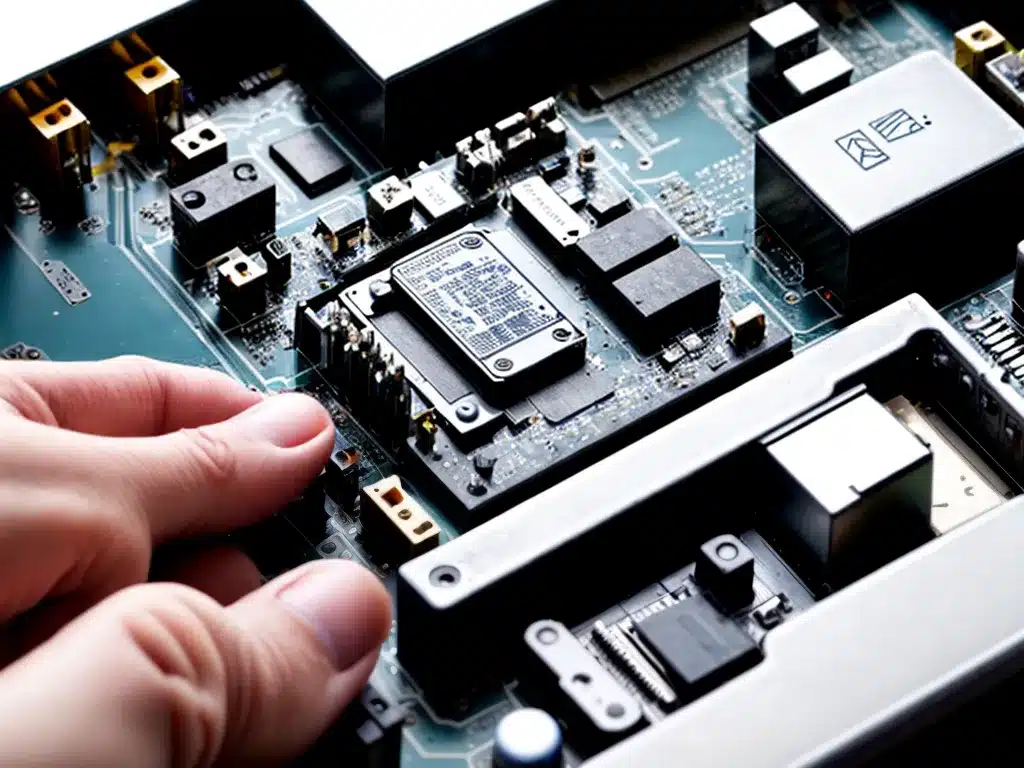
1. Isolate the faulty component
When dealing with an intermittent fault, the first step is to try to isolate the specific hardware component that is causing the issue.
I start by checking the event logs and error messages to see if they provide any clues as to what component is failing. Many times the system logs will call out the device or driver that is causing the problem.
If the logs don’t identify the culprit, I’ll systematically swap out components and stress test the system to try to reproduce the fault. For example, I may swap RAM modules,replace cables, try a different hard drive, etc. This divide and conquer approach helps narrow down the faulty part.
2. Get detailed failure information
Intermittent problems can be tricky to diagnose because they occur sporadically. To get to the root cause, I need detailed information on the nature of the failure.
When the problem occurs, I check the system logs, application logs, and error messages to get as much data as possible. Important details include:
- The exact sequence of events leading up to the failure
- Any error codes or exception details
- The software, drivers, or hardware that exhibited the faulty behavior
I also use monitoring and logging tools like Perfmon to record vital system metrics like temperature, voltage, fan speeds, etc. This failure data is invaluable for identifying what went wrong.
3. Reproduce the issue
One of the keys to troubleshooting an intermittent problem is being able to reliably reproduce it. Without that, it’s very hard to root cause and fix the issue.
I use a variety of techniques to recreate the fault:
- Stress testing – I’ll loop heavy workloads on the GPU, CPU, memory, etc to put load on components
- Thermal cycling – I’ll vary the temperature by blowing hot air on components to induce thermal expansion issues
- Vibration testing – Shaking/vibrating the chassis can reveal loose connections or parts
- Component swapping – Substituting hardware modules can make the issue appear
Capturing the failure as it happens is crucial for diagnosing the fault. I document all steps taken and save logs.
4. Check for contributing factors
With intermittent hardware faults, the root cause is often not a single failure but a combination of factors.
I thoroughly check for conditions that may be contributing to the problem, such as:
- Loose connections – Cables, sockets, and connectors can vibrate loose over time
- Dust/debris contamination – Build up of particulate in fans, vents, and heat sinks
- Thermal issues – Components running hotter than specifications allow
- Power fluctuations – Irregular spikes, surges, or brownouts stressing components
- Vibration – Server fans, drives, etc may cause vibration induced failures
By identifying and mitigating these secondary factors, I can make the fault occur less frequently or eliminate it altogether.
5. Update firmware and drivers
Finally, I always check for updated firmware and drivers as part of troubleshooting intermittent hardware issues.
Firmware updates often address known bugs and add better hardware monitoring/logging capabilities. Driver updates can improve stability and hardware compatibility.
I’ll update components like:
- BIOS/UEFI firmware
- RAID controller firmware
- Network card drivers
- Chipset drivers
- Storage drivers
Keeping firmware and drivers updated is an easy way to fix obscure hardware bugs and improve reliability.












